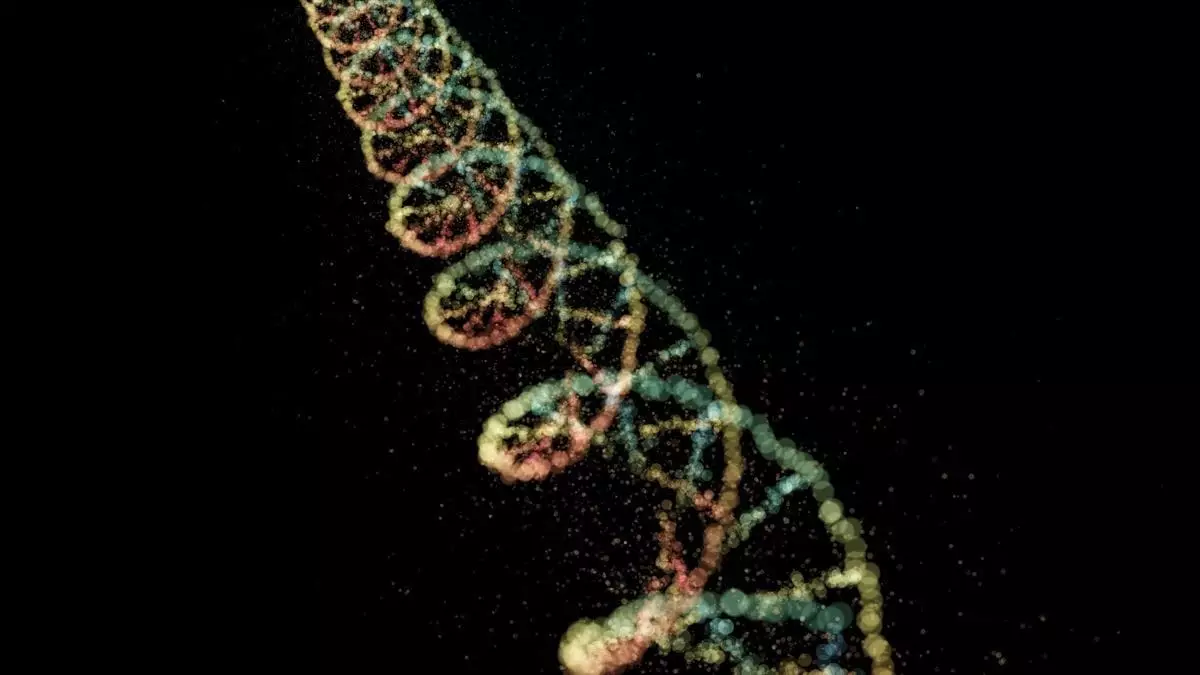The mysteries of biological aging have long captivated scientists and researchers, driving studies that traverse the fields of genetics, molecular biology, and aging research. Recent findings have unveiled a provocative link between genetic mutations and epigenetic clocks, offering a fresh perspective on how we understand and gauge aging. As scientific inquiry progresses, this connection may not just redefine aging but also influence the development of therapeutic strategies aimed at extending human longevity.
To fully grasp the significance of the findings surrounding genetic mutations and epigenetic alterations, one must first understand what each encompasses. Genetic mutations occur as a result of various factors, including environmental influences, errors during DNA replication, and the natural decline of repair mechanisms within cells. These mutations are typically associated with age-related diseases such as cancer and neurodegeneration. However, they alone do not provide a complete view of the aging process.
In contrast, epigenetic changes are modifications that influence gene expression without altering the underlying DNA sequence. Epigenetic clocks, which utilize specific DNA methylation markers to estimate biological age, have emerged as powerful tools in aging research. The recent study published in *Nature Aging* suggests that these two elements are intricately connected, portraying a nuanced interplay between genetic mutations and epigenetic modifications.
Exploring the Bidirectional Influence
The research indicates that mutations in DNA do not merely cause static changes but may trigger cascading effects that influence epigenetic markers. This observation raises crucial questions: Are epigenetic changes mere byproducts of accumulated mutations, or do they play an active role in influencing aging? This bidirectional relationship suggests a more complex mechanism at work, emphasizing the need for enhanced investigative pathways.
Dr. Steven Cummings, Executive Director of the San Francisco Coordinating Center, has expressed that a discernible correlation was identified between specific DNA mutations and corresponding epigenetic shifts. This relationship elucidates how a single genetic change can lead to widespread alterations throughout the genome. Similarly, Professor Trey Ideker from the University of California, San Diego, highlights observations of loss and gain in DNA methylation around mutated sites, further illustrating the ripple effect these mutations can create.
Understanding the extent to which genetic mutations drive aging and their connection to epigenetic changes could usher in transformative strategies in longevity research. If ancestral mutations are indeed responsible for epigenetic shifts, intervening effectively in this cycle could present greater challenges. If mutations serve as the driving force behind aging, reversing these changes would be a far more complex endeavor than attempting to simply modify epigenetic markers.
As researchers delve deeper into this subject, critical questions remain. The initial phases of the study primarily utilized data collected from cancer patients, leaving a notable gap regarding healthy tissues. Forthcoming research must expand on this foundation, focusing on whether these observed patterns hold true in non-cancerous contexts. Longitudinal studies, aiming to track both genetic and epigenetic changes over time, are essential to build a comprehensive framework for understanding aging.
The pathway towards unraveling the complexities of aging appears promising yet fraught with challenges. Proposed investigations that induce specific mutations within controlled laboratory settings could reveal how these alterations affect epigenetic dynamics. Such research could refine the application of epigenetic clocks and establish a deeper understanding of the molecular processes governing aging.
Ultimately, the interplay between genetic mutations and epigenetic modifications invites a paradigm shift in how we analyze aging itself. As the scientific community continues to probe these connections, we may stand on the brink of significant advancements. Not only has the relationship between genetic mutations and epigenetic clocks opened fruitful avenues of exploration, but it may also herald profound implications for clinical practices, therapeutic developments, and the management of age-related diseases.
As research unfolds, the potential to redefine the essence of aging becomes increasingly attainable. By grasping the complexity of these biological mechanisms, humanity may inch closer to unraveling the secrets to prolonged health and longevity.



Leave a Reply